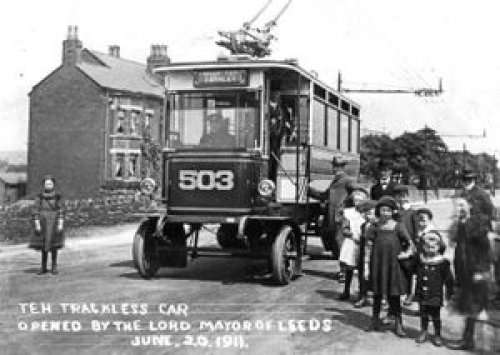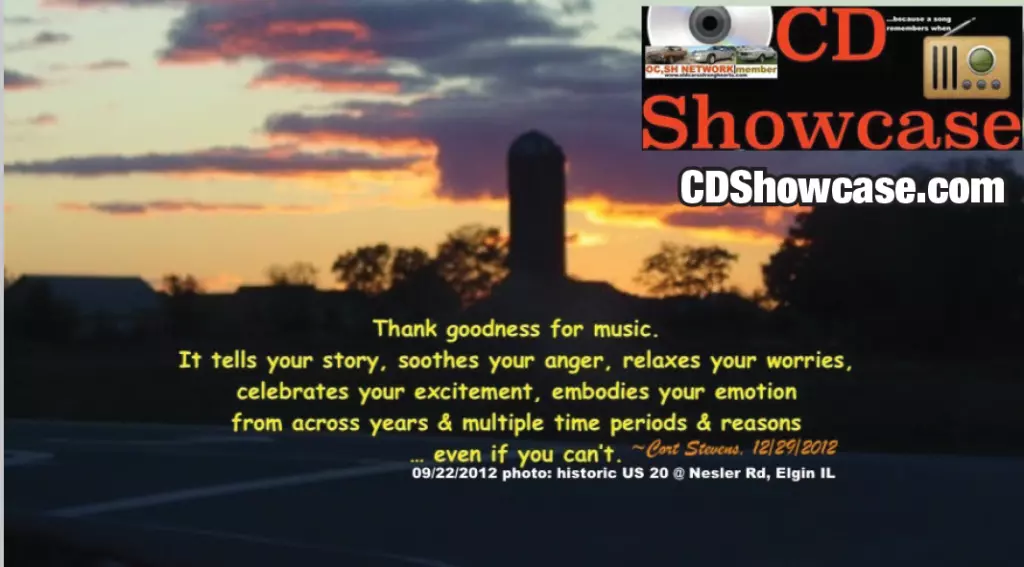Tuesday 20th June 1911
The first UK trolleybus service was inaugurated when the Lord Mayor of Leeds, William Middlebrook drove a trolleybus from Thirsk Row, off Wellington Street, to Farnley. The second trolleybus was driven by the Deputy Lord Mayor Frederick James Kitson, the grandson of James Kitson, founder of the Airedale Foundry in Hunslet. The 8 mile round trip between Farnley and the city centre took 45 minutes. The first trolleybus route had four trolleybuses and ran from City Square to Moor Top, via Lower Wortley and Farnley. Two additional routes were added in 1915; between Guiseley and Otley, and between Guiseley and Burley-in-Wharfedale. The trolleybus service was run by Leeds Tramways. It used trolleybuses built by the Railless Electric Traction Company fitted with Siemens engines. The company had a small factory at Balm Road in Hunslet. The trolleybuses used in 1911 were single-deckers. Double-decker trolleybuses were introduced in 1921. These had a carrying capacity of 59 passengers, with 28 being carried on the lower deck and 31 on the upper deck, which was enclosed. The trolleybuses were known as “railless cars,” “trackless cars” and “trackless trams.” The trolleybus service was used on routes where it was not practical to run trams. Although the service ran at a loss, it continued because the council regarded it as a feeder service to its tram network, and in order to link the city to its neighbours. The trolleybus system was scrapped in 1928 for reasons given by a barrister employed by the council to a select committee of the House of Commons: “The trolley vehicles run by the Corporation served their purpose for the time of the war, but the development of the motor-bus since that date had completely altered the position. Buses were able, from their greater mobility, to run at a cheaper figure per mile, and they had another very important advantage in providing a through service from point-to-point without change. The effect in this case was that people from the outlying districts, who, formerly, would quite gladly use the trolley vehicles in order to reach the Leeds tramways, now used the motor omnibuses, which carried them without change right into the city. It was found that lower fares were practically no attraction when people, by another form of vehicle, could be carried more expeditiously, and without the necessity of changing. It was found that people did not get out of the omnibuses at the city boundary to join the tramways, but went on”






